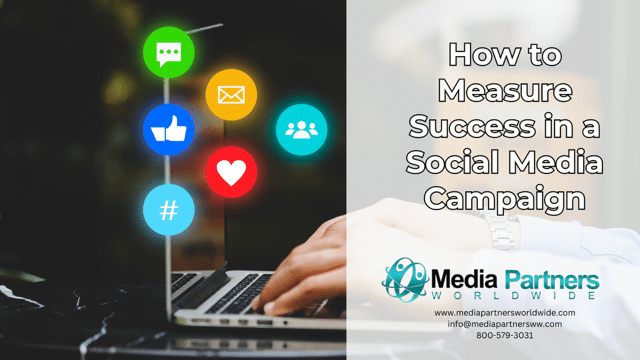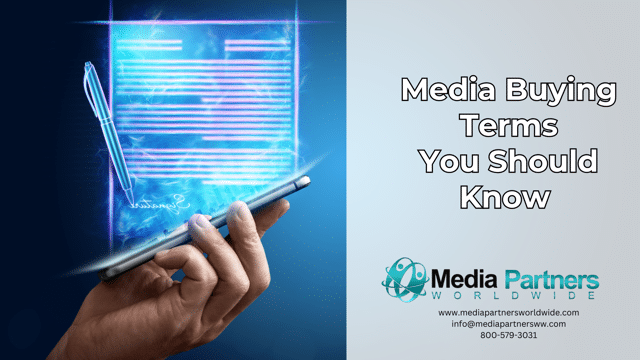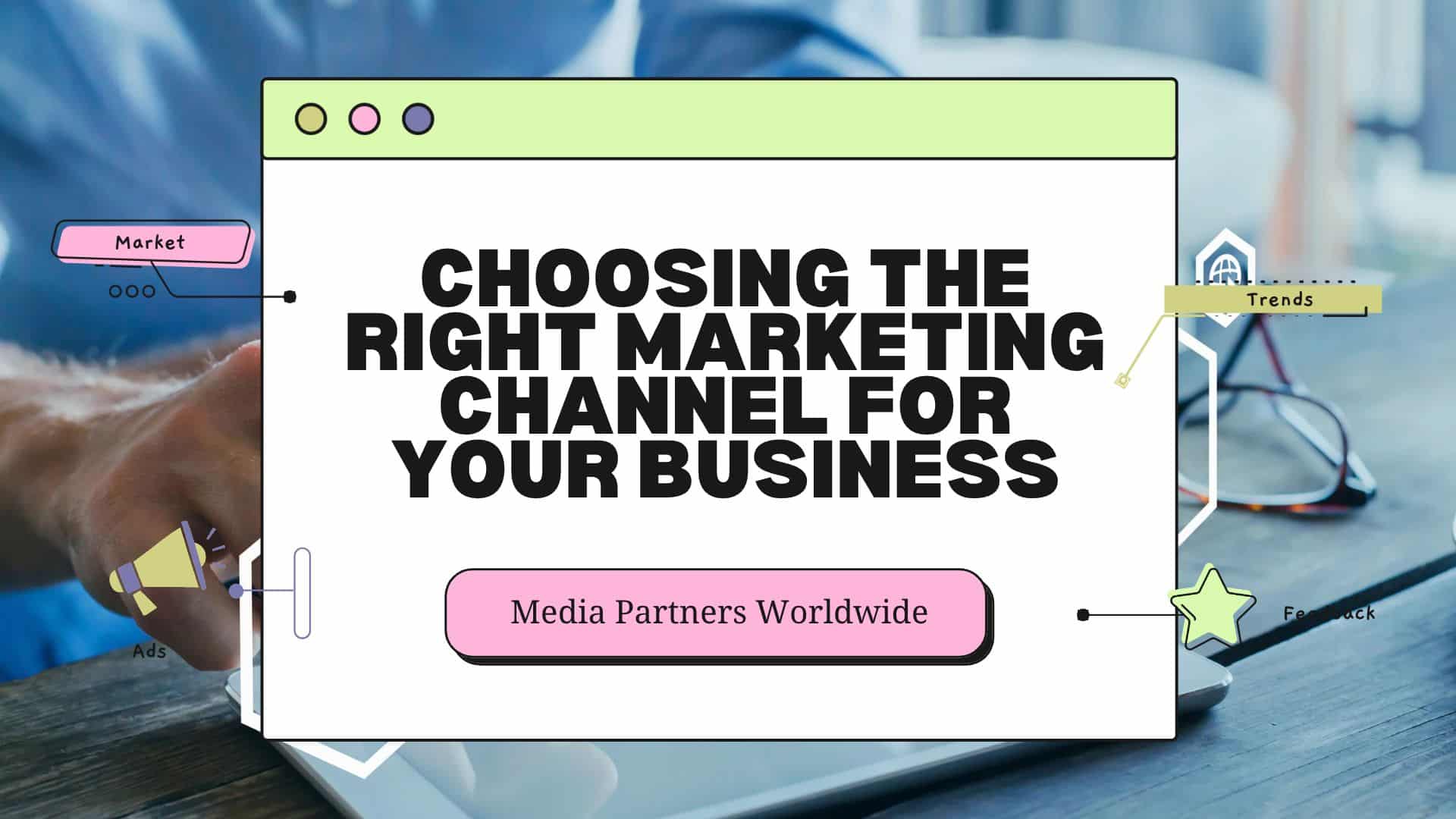In the dynamic realm of digital marketing, where trends evolve at warp speed and consumer behaviors fluctuate, measuring the effectiveness of a social media campaign is imperative. A well-executed campaign can bolster brand presence, cultivate engagement, and drive conversions. But how can you gauge if your efforts are bearing fruit? Here, we unravel the art and science of measuring a social media campaign for tangible insights and informed decision-making.
1. Establish Clear Objectives
Before delving into metrics, establish precise campaign objectives. Are you aiming to increase brand awareness, boost website traffic, generate leads, or drive sales? Concrete goals provide a roadmap for measurement.
2. Determine Key Performance Indicators (KPIs)
Select KPIs aligned with your objectives. Common KPIs for social media campaigns include:
- Reach: The number of unique users exposed to your content.
- Engagement: Metrics like likes, comments, shares, and click-through rates (CTR).
- Conversion Rate: The proportion of users who take a desired action, like signing up or making a purchase.
- Clicks: The number of times users click on your content.
- Impressions: The total number of times your content is displayed, including multiple views by the same user.
- ROI (Return on Investment): The revenue generated versus the cost of the campaign.
3. Employ Analytics Tools
Leverage analytics tools native to social media platforms (e.g., Facebook Insights, Twitter Analytics) or third-party solutions like Google Analytics. These tools furnish data on reach, engagement, and website traffic.
4. Track Conversion Paths
For campaigns aimed at conversions, trace the user journey from social media engagement to the final action. Tools like UTM parameters in URLs can help attribute conversions to specific social posts.
5. Monitor Engagement Metrics
Evaluate likes, shares, comments, and CTR to gauge audience engagement. High engagement indicates resonant content and an active audience.
6. Assess Reach and Impressions
Analyze reach and impressions to comprehend the extent of your campaign’s exposure. A high reach signifies broad visibility, while a high impression count denotes repeated views.
7. Analyze Click-Through Rates (CTR)
CTR measures the proportion of users who clicked on your content after seeing it. A high CTR suggests compelling content and effective calls to action.
8. Calculate ROI
For ROI assessment, compare the campaign’s revenue to its total cost, factoring in ad spend, content creation, and management expenses. Positive ROI indicates campaign profitability.
9. Social Listening
Monitor social media for brand mentions, sentiment analysis, and customer feedback. Tools like Brandwatch and Hootsuite can aid in social listening.
10. A/B Testing
Conduct A/B tests to compare the performance of different ad creatives, copy, and targeting. This iterative approach helps refine campaign elements.
11. Benchmark Against Industry Standards
Refer to industry benchmarks to assess your campaign’s performance relative to competitors and industry norms. Benchmarking provides context for your metrics.
12. Regular Reporting and Analysis
Compile regular reports summarizing campaign performance. Identify trends, strengths, weaknesses, and areas for improvement. Continuous analysis informs campaign optimization.
13. Adapt and Optimize
Based on insights gleaned from measurement, adapt your campaign strategy. Optimize ad spend, targeting, content, and scheduling to improve results.
14. Customer Feedback
Seek direct feedback from customers. Surveys and reviews can offer qualitative insights into campaign impact on their perceptions and behaviors.
15. Attribution Modeling
For multi-touchpoint campaigns, consider attribution modeling to understand which interactions contribute most to conversions. Models like first-click, last-click, and linear attribution reveal the customer journey’s impact.
Measuring a social media campaign is not a one-size-fits-all endeavor. It necessitates a tailored approach, aligned with campaign objectives and KPIs. The insights garnered from measurement are invaluable, guiding strategic decisions, and enabling refinement for future campaigns. In the ever-evolving landscape of social media, measurement is the compass that keeps your campaigns on course towards success. Embrace the metrics, adapt your strategy, and watch your social media campaigns flourish. The best way to gain a strategy rather than take a trial-and-error approach is to work with a reputable and experienced firm that can help you set objectives with your social media campaigns and implement to reach your goals. If you’re ready to get started marketing your business online with social media, contact Media Partners Worldwide at [email protected].












